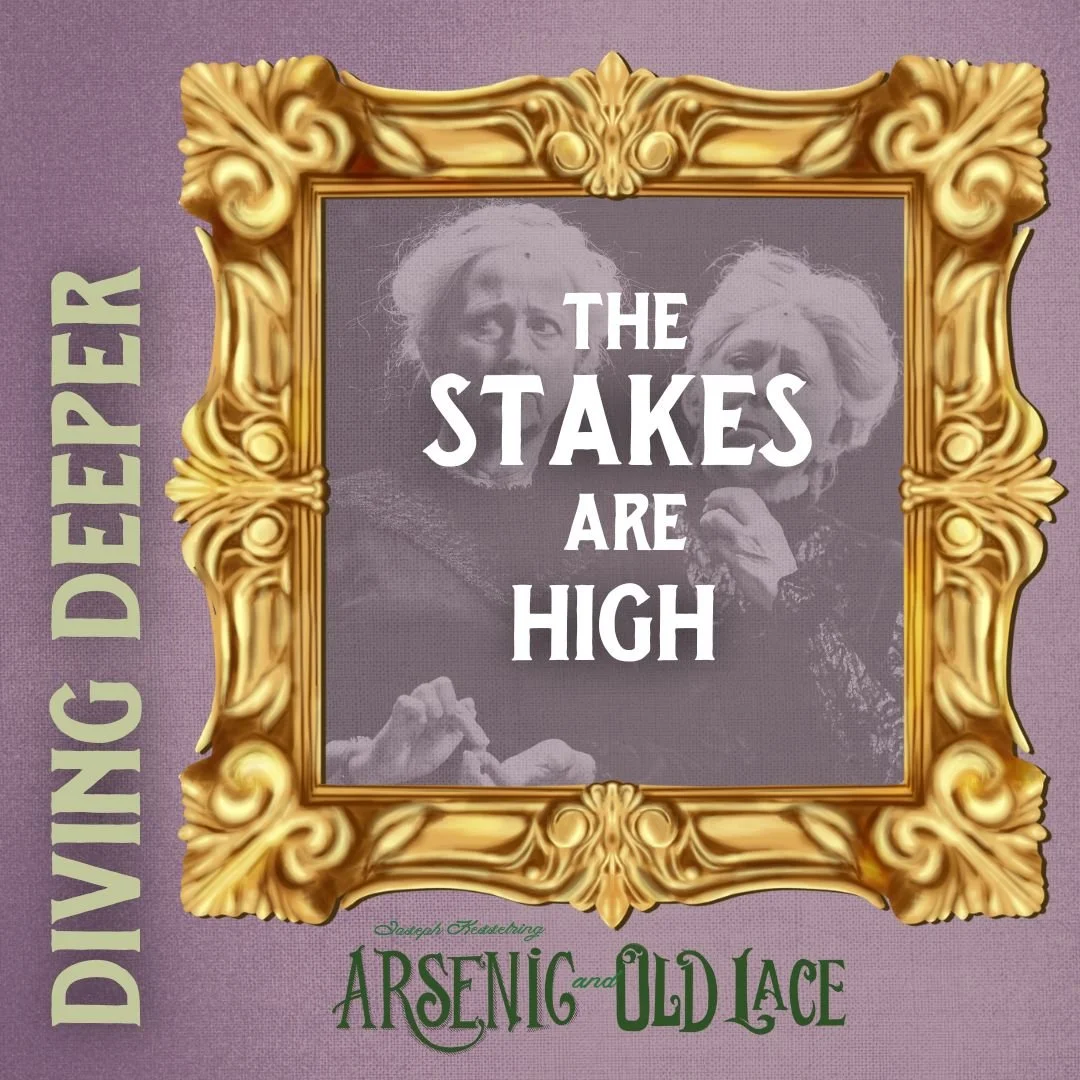The stakes are high for the Brewster sisters, though Mortimer might be the only person aware of that. In Arsenic and Old Lace, the play humorously explores Mortimer’s efforts to save his aunts from the consequences of their criminal deeds, while providing a direct foil with his brother Jonathan, who Mortimer and the audience want to have to face the consequences of his crimes.
The Brewster sisters' apparent innocence and traditional roles as elderly women lead others to dismiss potential warning signs as harmless or eccentric. The play subtly exposes how gendered expectations can skew the perception of female offenders; fortunately for the Brewster sisters, they do not end up facing the justice system or court of public opinion of the time.
Inequality in the Criminalization of Women Gender Bias and Stereotypes
Women face different societal expectations compared to men, often leading to harsher judgments and scrutiny when deviating from these norms. Female offenders are often stereotyped as less capable of committing serious crimes, impacting both legal outcomes and media portrayals. These biases can result in a skewed perception of female criminality and influence how women are treated within the justice system.
Disproportionate Impact
Women are more frequently arrested for non-violent crimes, such as theft or drug offenses, while men are often arrested for more violent crimes, affecting the types of penalties and interventions
women face. Many women involved in the criminal justice system have histories of trauma, abuse, or economic hardship, which can exacerbate their criminalization and impact their treatment by the system.
Legal and Systemic Disparities
Influenced by perceptions of their stereotypical roles as mothers or caregivers, women may receive different sentences compared to men for similar crimes. Female prisoners frequently face inadequate healthcare, lack of mental health support, and insufficient facilities to address gender-specific needs such as pregnancy and menstruation.
Intersectionality
Women of color and those from lower socioeconomic backgrounds face compounded disadvantages due to the intersection of racial, economic, and gender biases. These intersecting factors lead to greater disparities in criminalization and sentencing. Economic instability, lack of access to education, and systemic discrimination can drive women into criminal behavior and affect their treatment within the justice system.
Policy and Reform Efforts
Ongoing efforts to address these inequalities focus on advocacy for criminal justice reform, including changes to sentencing laws, improved support services, and better conditions for female prisoners. A disproportionate number of women and gender diverse people who report violence against them, such as intimate partner abuse and sexual violence, often end up facing criminal charges themselves. The Criminalization of Women Project was conceived to create and advance promising practices, (legal, procedural and attitudinal), to reverse the trend towards penalizing women and gender diverse people who seek state protection from violence.
Dramaturgy by Mo De Poortere

